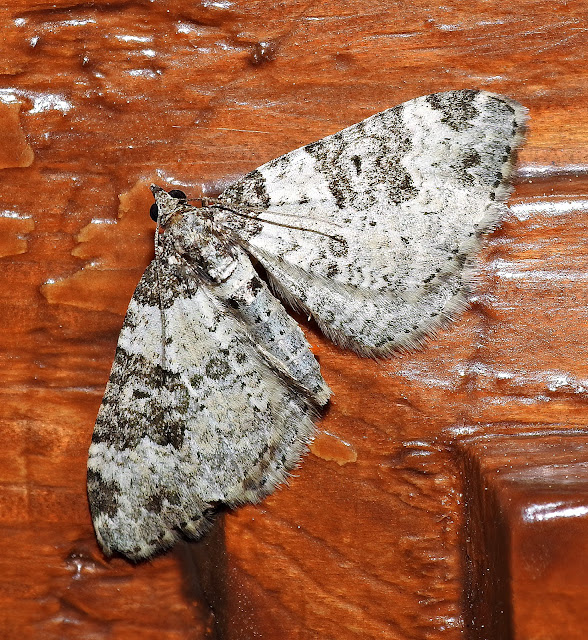This Blog contains Wildlife and Bird Photos from Walks, Safaris, Birding Trips and Vacations. Most of the pictures have been taken with my Nikon P900 and P950X cameras. On the right of the page are labels for each species of Bird/Animal etc. Click on a label and it will show all of the photos taken for that species. I am adding as much information for each species as I can from sources Wikipedia. To see any pictures at full size just click on the picture.
TOTAL PAGEVIEWS
TRANSLATE
Thursday 13 April 2023
13-4-2023 CANAL LES FONTS OLIVA, VALENCIA - GARDEN NASTURTIUM (Tropaeolum majus)
Tropaeolum majus, the garden nasturtium, nasturtium, Indian cress or monk's cress, is a species of flowering plant in the family Tropaeolaceae, originating in the Andes from Bolivia north to Colombia. An easily-grown annual or short-lived perennial with disc-shaped leaves and brilliant yellow, orange or red flowers, it is of cultivated, probably hybrid origin. It is not closely related to the genus Nasturtium (which includes watercress).
Wednesday 12 April 2023
12-4-2023 MARJAL DE MOROS, VALENCIA - YELLOW HORNED POPPY (Glaucium flavum)
Glaucium flavum, the yellow horned poppy, yellow hornpoppy or sea poppy, is a summer flowering plant in the family Papaveraceae. It is native to Europe, Northern Africa, Macaronesia and temperate zones in Western Asia. The plant grows on the seashore and is never found inland. All parts of the plant, including the seeds, are toxic. It is classed as a noxious weed in some areas of North America, where it is an introduced species. It is grown in gardens as a short-lived perennial but usually grown as a biennial.
It has thick, leathery deeply segmented, wavy, bluish-grey leaves, which are coated in a layer of water-retaining wax. The sepal, petals and stamen have a similar structure and form to the red poppy (Papaver rhoeas), except the sepals are not hairy. It grows up to 30–90 cm (1–3 ft) tall,[4] on branched, grey stems. It blooms in summer,[5] between June and October. It has bright yellow or orange flowers,[5] that are 7.5 cm (3 in) across. Later it produces a very long, upright, thin, distinctive horn shaped capsule, which is 15–30 cm (6–12 in) long. It is divided into two chambers, which split open to reveal the seeds.
12-4-2023 MARJAL DE MOROS, VALENCIA - ZITTING CISTICOLA (Cisticola juncidis)
Tuesday 11 April 2023
Monday 10 April 2023
Sunday 9 April 2023
9-4-2023 MONTAVERNER, VALENCIA - SHORT TOED SNAKE EAGLE (Circaetus gallicus)
Its prey is mostly reptiles, mainly snakes, but also some lizards.Sometimes they become entangled with larger snakes and battle on the ground.Occasionally, they prey on small mammals up to the size of a rabbit, and rarely birds and large insects.
This eagle is generally very silent. On occasions, it emits a variety of musical whistling notes. When breeding, it lays only one egg. It can live up to 17 years.
The short-toed snake eagle has suffered a steep decline in numbers and range in Europe and is now rare and still decreasing in several countries due to changes in agriculture and land use. It needs protection.[citation needed] In the middle and far eastern part of its range, this species is not yet threatened.
Saturday 8 April 2023
Subscribe to:
Posts (Atom)
%201.jpg)
%202.jpg)
%203.jpg)



















%201.jpg)


%201.jpg)
%202.jpg)
%203.jpg)
%204.jpg)





















